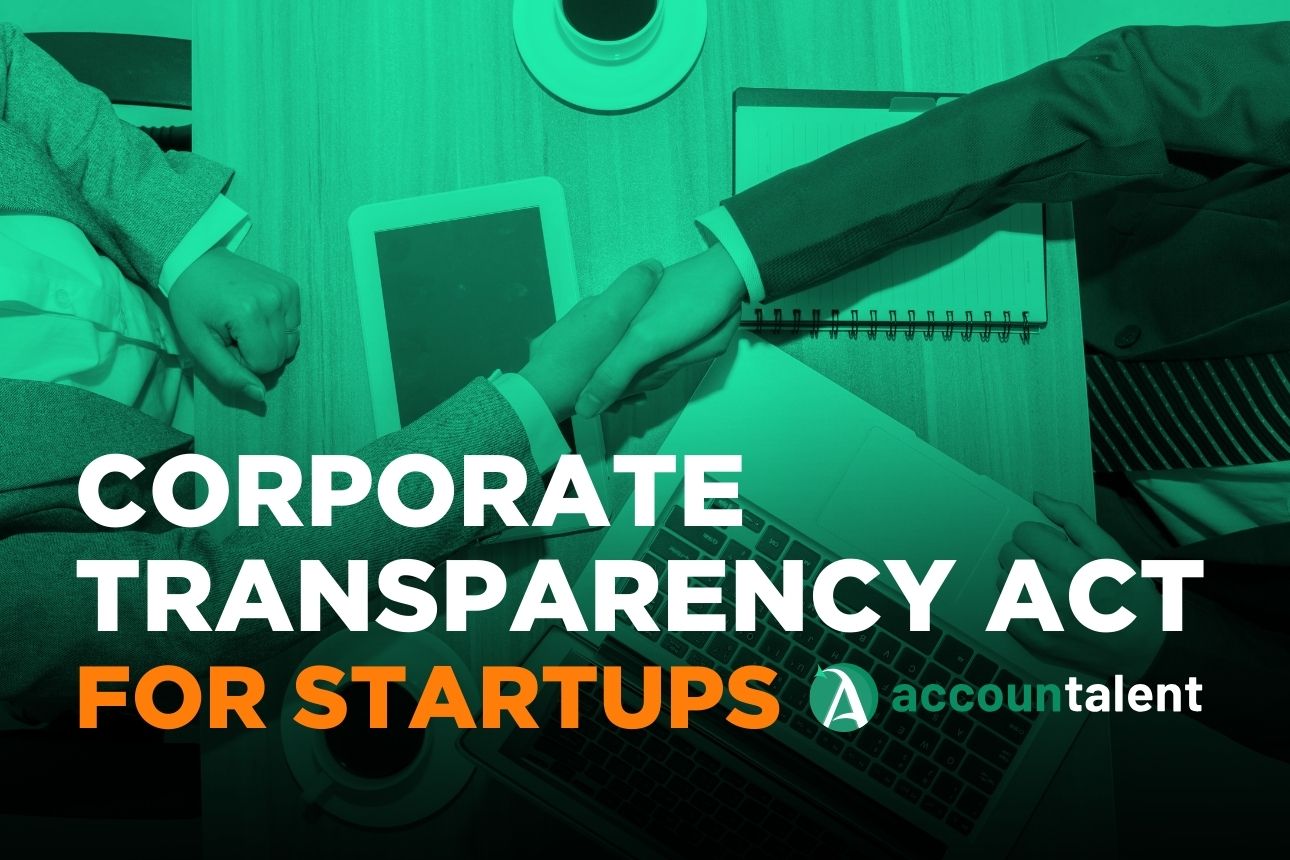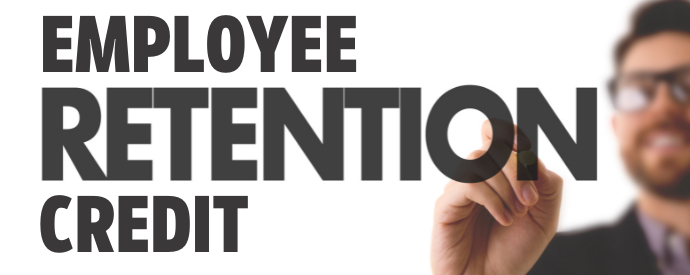Articles

Corporate Transparency Act for Startups
Overview The Corporate Transparency Act (CTA) will negatively impact most startups by requiring them, starting […]

How Peter Thiel saved millions in taxes and so can other startup founders
Peter Thiel has been making headlines the past couple of weeks over leaked data obtained […]

Employee Retention Credit for Pre-Revenue Startups
The Employee Retention Credit (ERC) is a refundable credit worth $7K per employee per quarter […]

Section 139 Plans: Startups BEWARE
One of the Bay Area “usual suspects” is at it again – this time pushing […]

Recovery Startup Business: RIP OFF ALERT – How to take advantage of this credit
Are you a Recovery Startup Business? You might be and not even know it. The […]

Startups Beware: The R&D Credit Study Deception
We have prepared tax returns for over 5,000 early-stage startups and see many R&D Credit […]

What is the California Water’s Edge Election?
What is the California Water’s Edge Election? And should your startup use it? Many startups […]

Stimulus Bill Quiz: PPP and ERC
Over the past few weeks, Accountalent has been sharing the latest updates on the most […]

Strategies to maximize PPP2 and Employee Retention Credit
The new stimulus bill includes a fresh round of PPP, but the MOST important part […]

PPP Loan and Employee Retention Credit: Your top 5 questions answered
Accountalent is breaking down the latest stimulus bill – specifically the PPP Loan and Employee […]